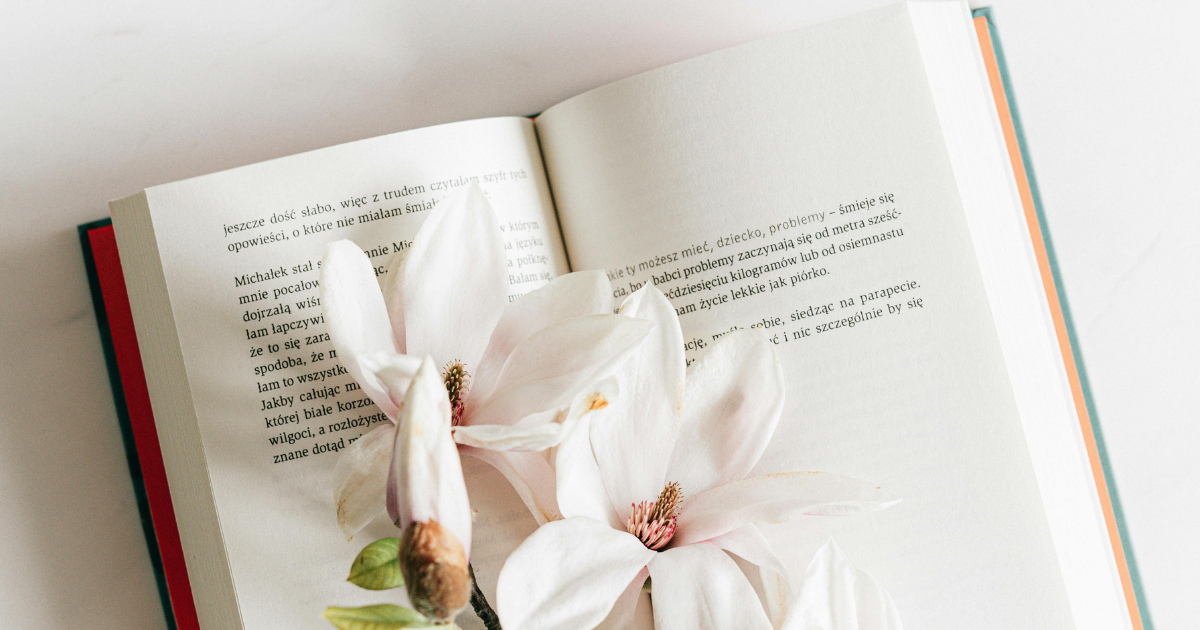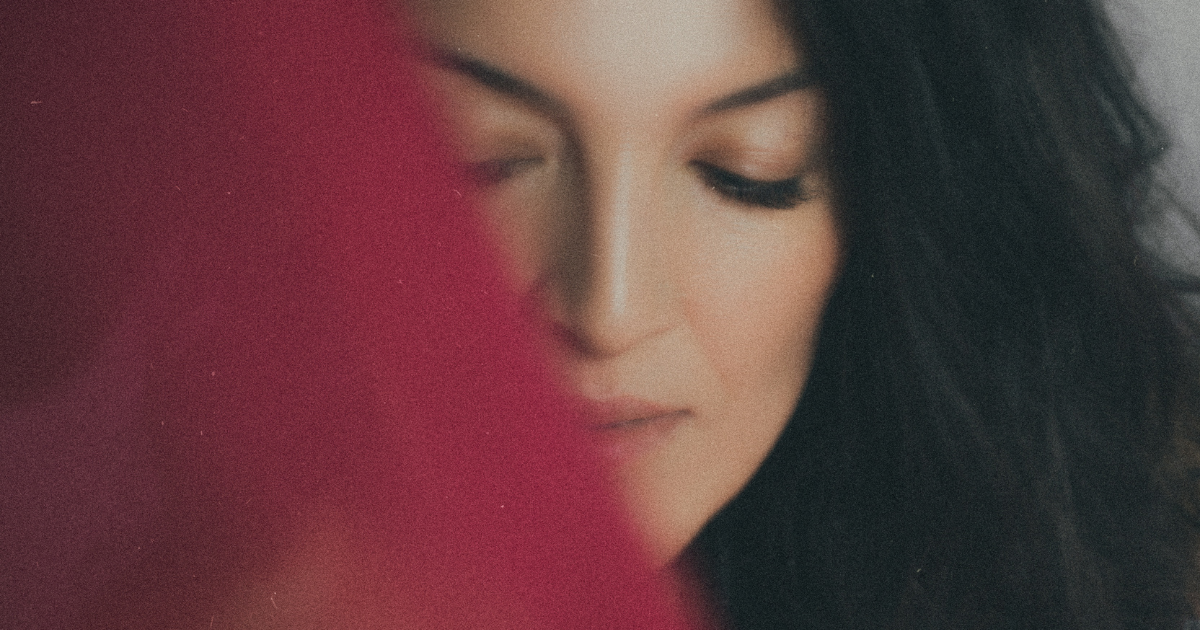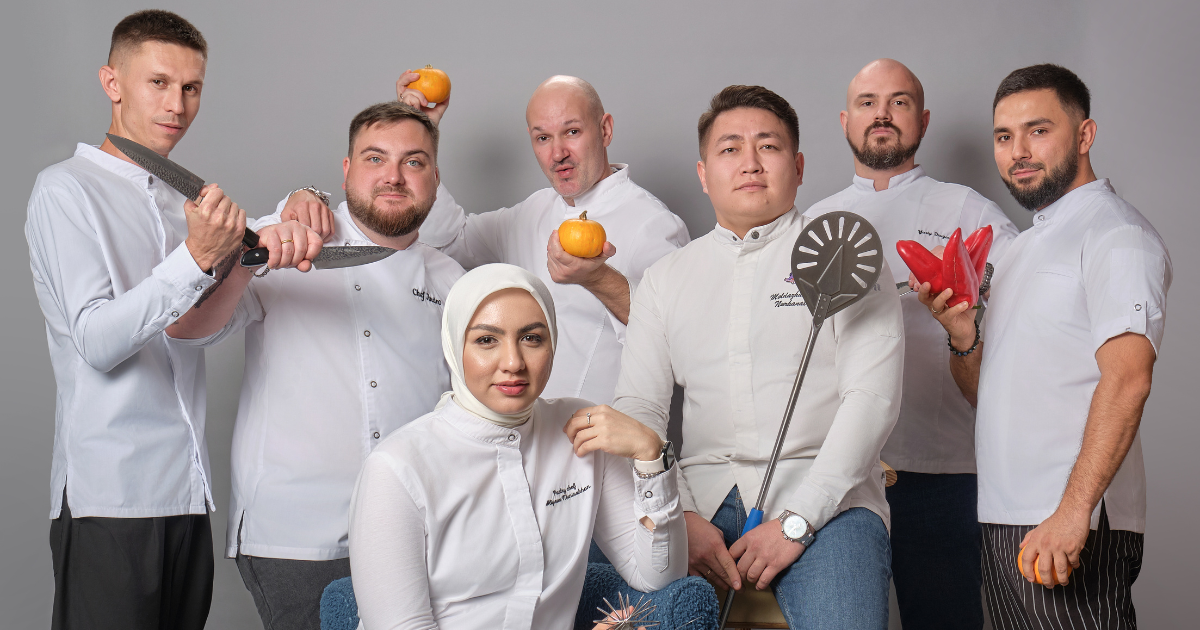The plov museum: where gastronomy and culture unite
Another masterpiece by Timur Musin

"The one who stirs the plov is not the one who cooks it, but the one who controls the fire beneath the cauldron." – this ancient proverb resonates deeply within the newly opened Plov Museum (Palove Muzeyi) in Tashkent – a unique 5,000-square-meter space dedicated not just to a national dish, but to the cultural essence of Uzbekistan itself.
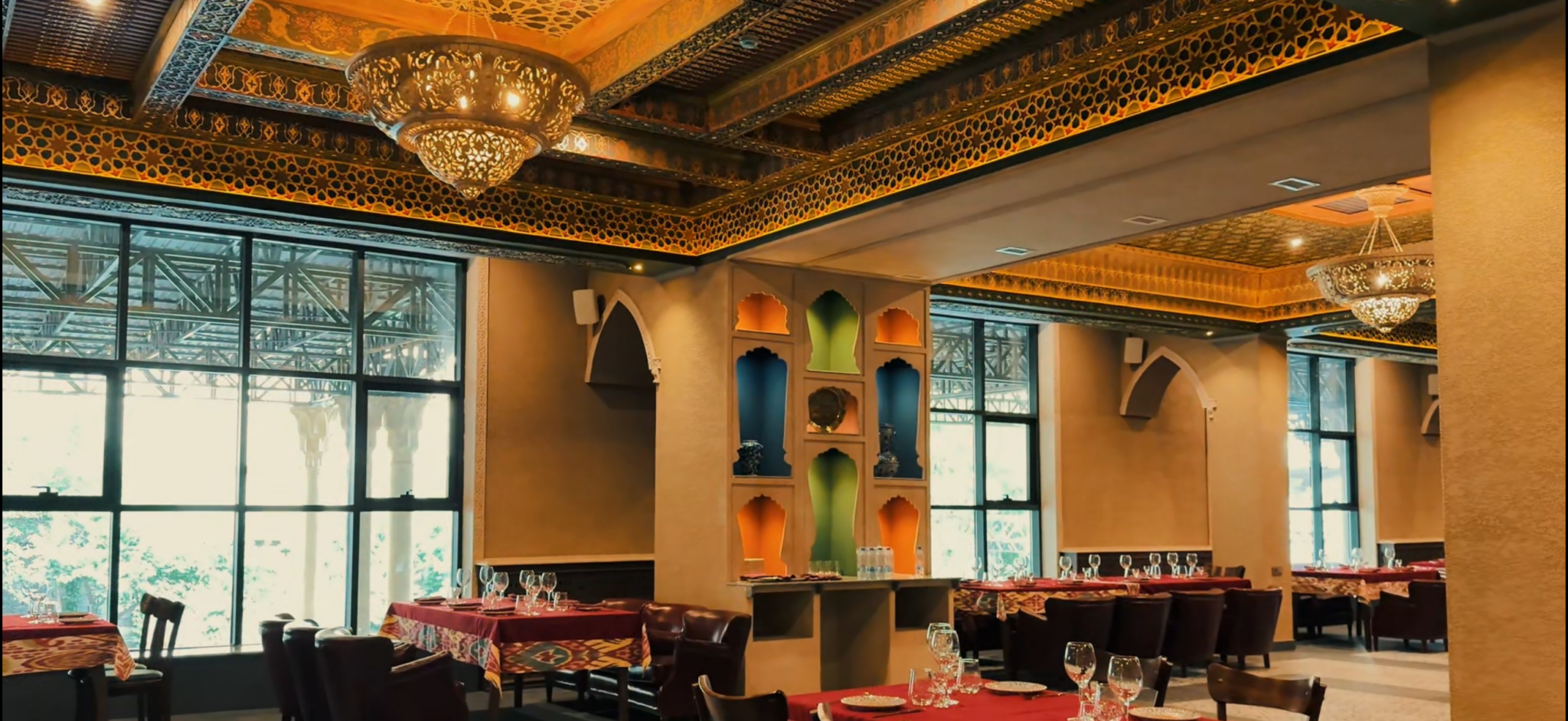
Photo: Bakhrom Bekmirzayev
The visionary behind the project is Timur Musin, a renowned Tashkent restaurateur and founder of the gastronomic brand Caravan. In this space, he has fused culinary tradition, culture, and architectural heritage to create a place where plov becomes a work of art.
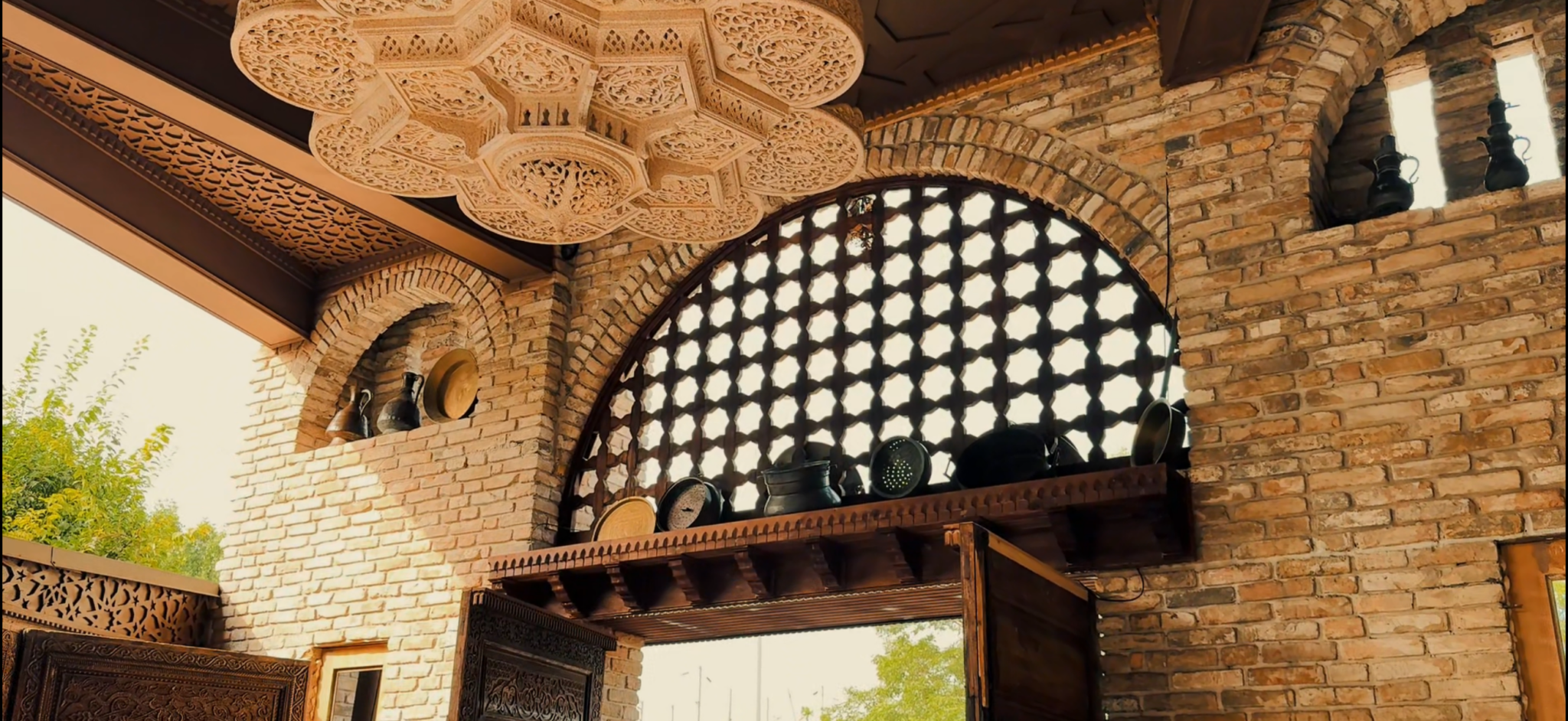
Photo: Bakhrom Bekmirzayev
This living museum features antique dishes, an extensive collection of kazan cauldrons, samovars, and tandirs. Here, history and gastronomy coexist with craftsmanship and a contemporary cultural approach. The Plov Museum (Palove Muzeyi) tells the story of how food becomes art, and how tradition transforms into pride.

Photo: Ernest Kurtveliyev
Stepping through the massive carved gates – authentic artifacts with centuries of history – visitors enter a world straight out of an Eastern fairytale. Gentle shade from traditional aiwans, the cool stream of the Salar canal, hand-carved chandeliers by academician Shahobiddin aka, and intricately painted ceilings and columns transport guests to the past, even as the museum thrives in the present day.
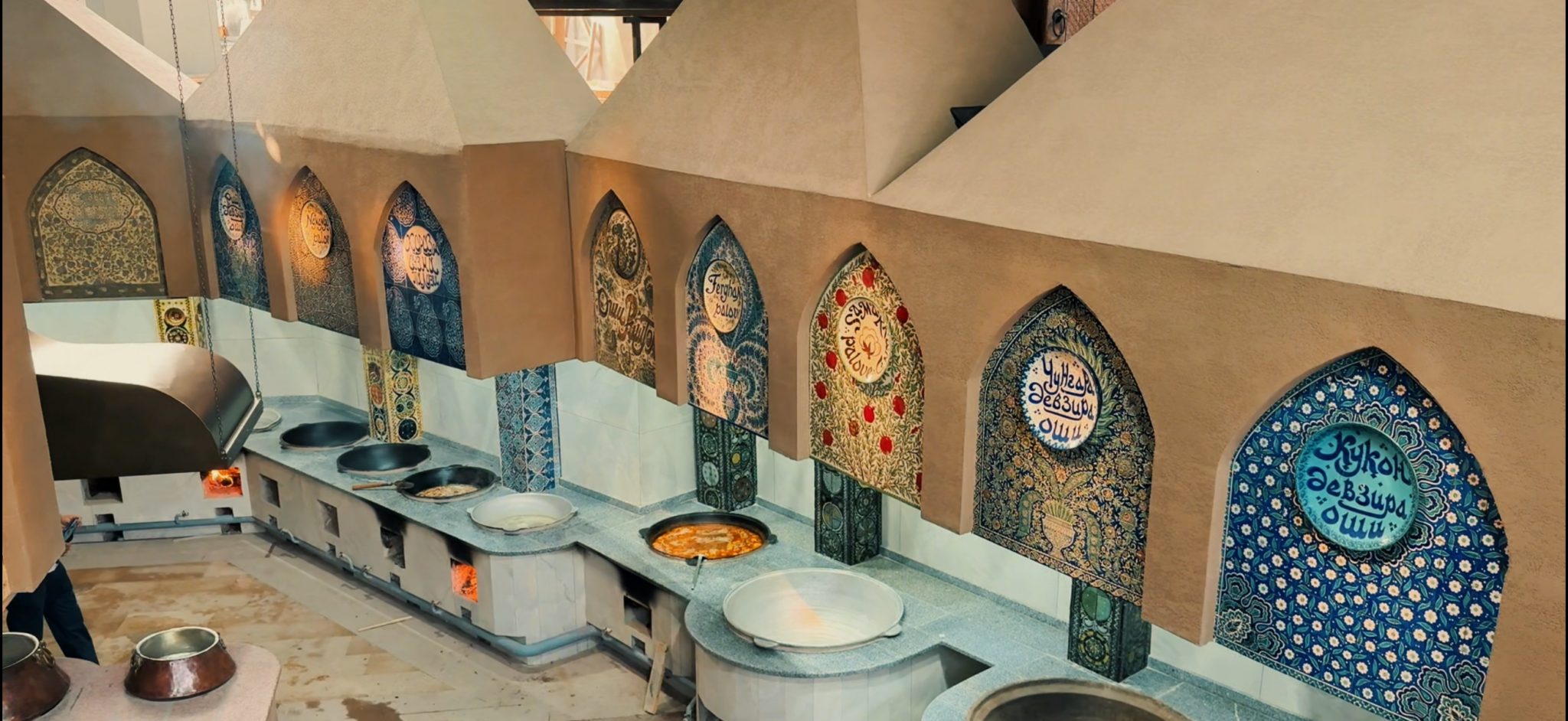
Photo: Bakhrom Bekmirzayev
Along the bridge stand 19th-century Khorezmian columns crafted by legendary artisans Abdulla Boltayev and Ata Palvanov, whose work was celebrated at the 1937 World Exhibition of Decorative Arts in Paris. Today, these elements are part of the museum’s architectural ensemble, where ancient techniques are enhanced with modern engineering to preserve strength and elegance.
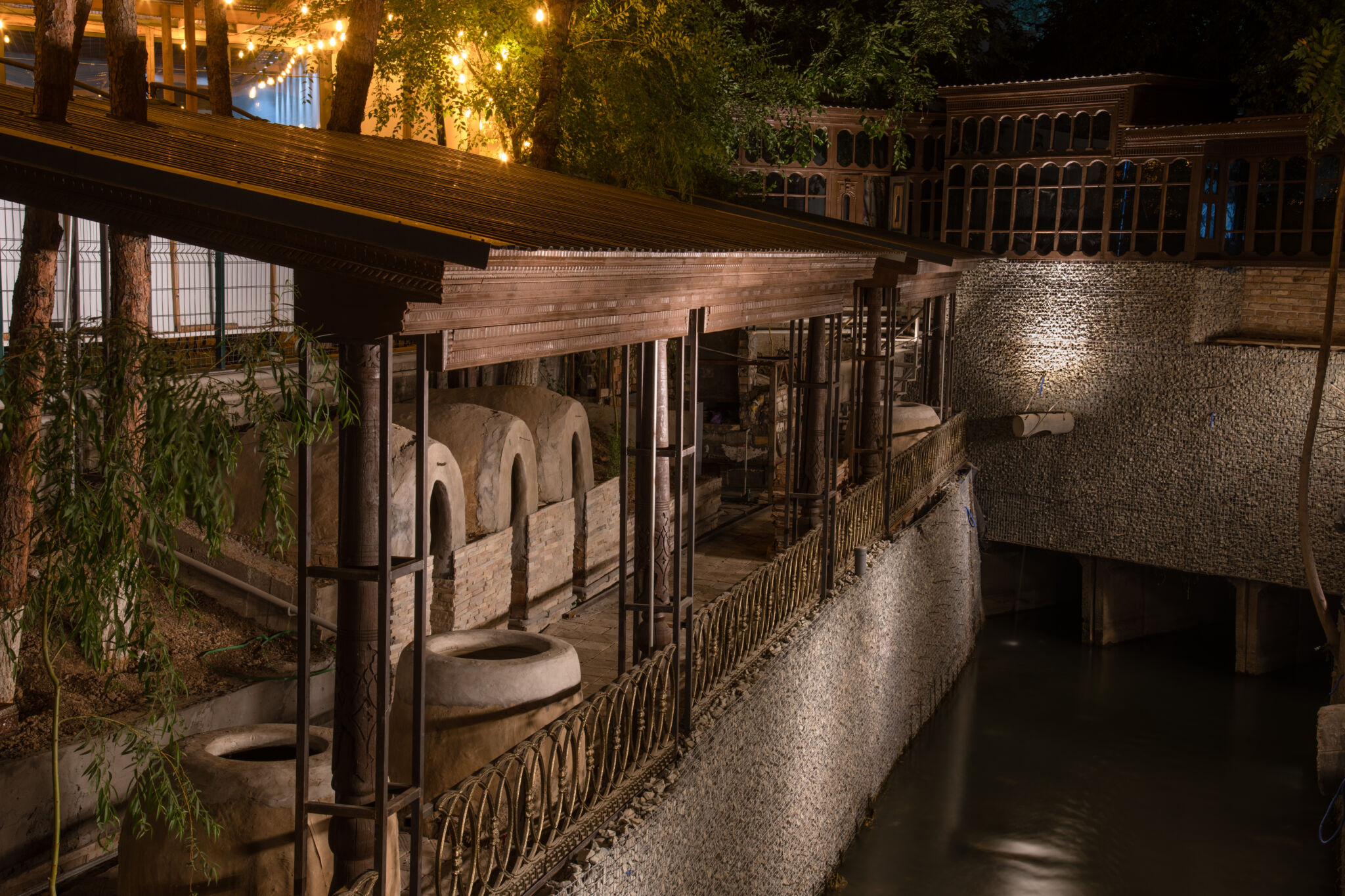
Photo: Ernest Kurtveliyev
The hall is full of photographers, styled photo zones, and beautifully set tables. Handmade ceramics, antique utensils, and lighting that highlights every dish’s beauty create a harmonious setting.
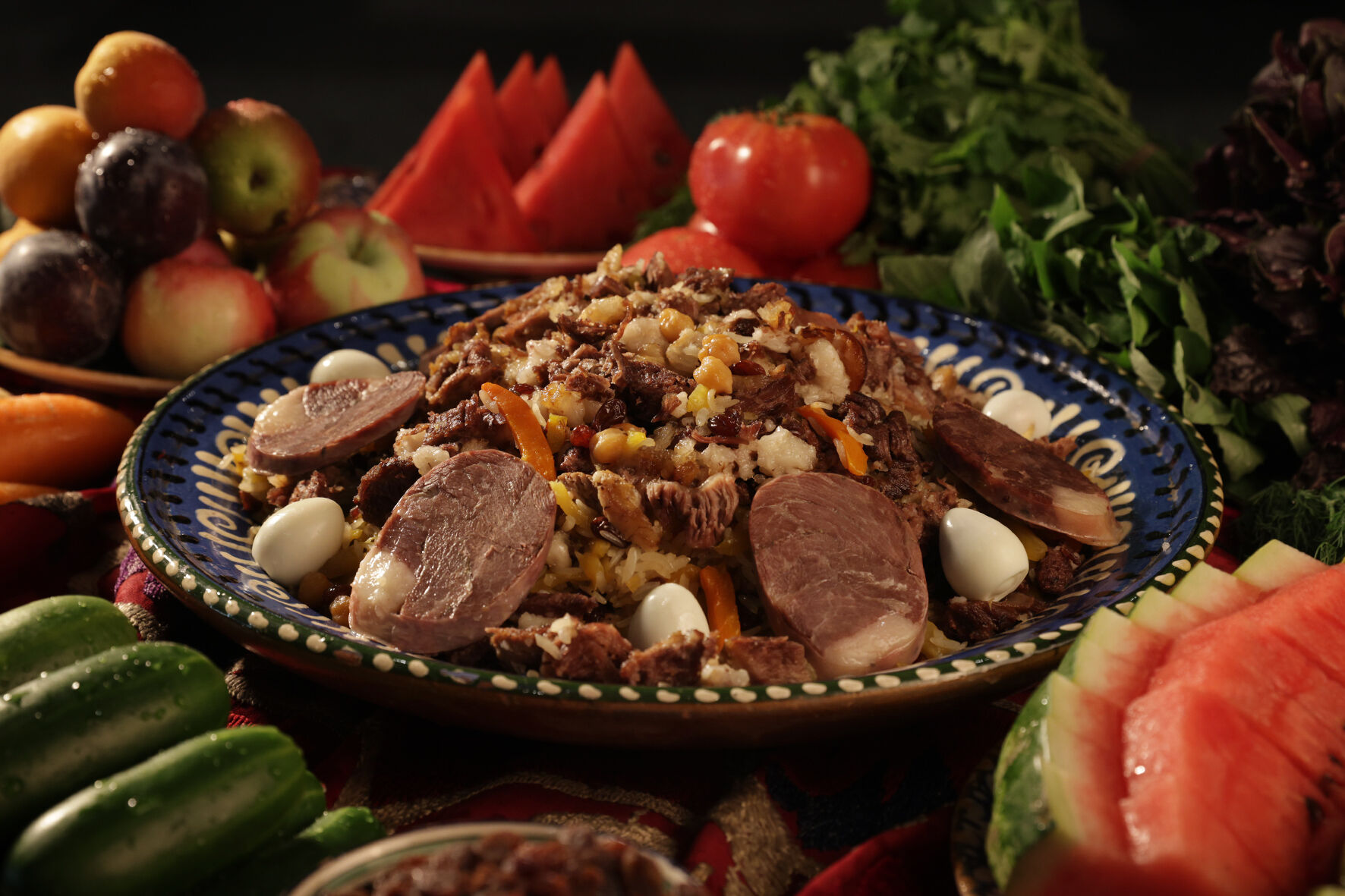
Photo: Alexandr Borisov
Guests were treated to four types of plov: Tashkent celebratory plov, Andijan plov made from devzira korakiltirik rice, Kokand-style plov using chungara jaydari rice from the Sokh Valley, and an author’s olive oil plov by the Caravan restaurant’s chef. Each served in hand-painted early 20th-century museum platters (lyagans), reflecting the richness of Uzbekistan’s ceramic schools, adding even more charm to the event.
